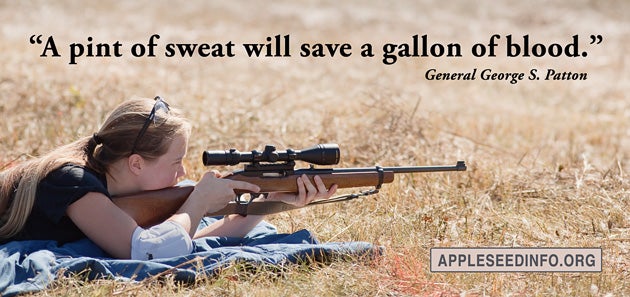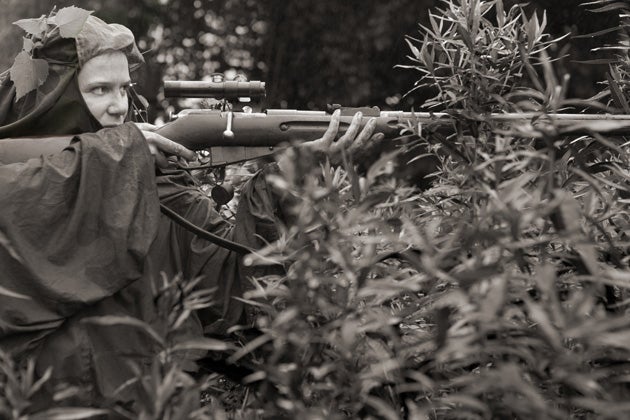Don’t just sit there — shoot from other positions, too!
Oleg Volk 06.24.13

Most of us are very used to shooting from the bench. Many shooting ranges require it in order to guarantee that the shooters stay on the backstop. Supported shooting is comfortable and controlled, and a great way to shoot guns to their mechanical potential. When we say that a rifle shoots 1/2MOA, we usually mean “from bench-rested sandbags or from a bipod”. Shooting from supported positions was endorsed by such gurus as Jeff Cooper and John Plaster.
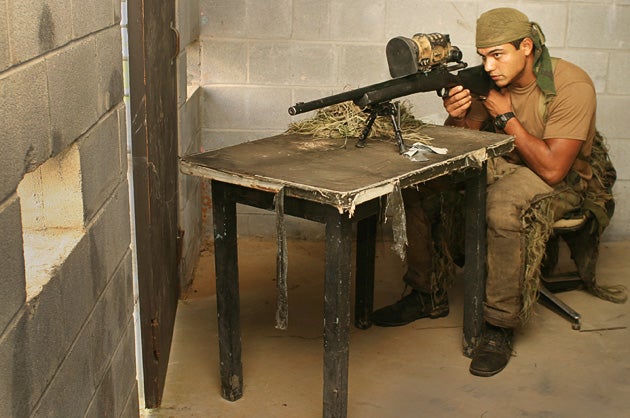
Sometimes, shooting from the bench has direct military or hunting application. Sniping from a prepared urban hide or popping prairie dogs involves much the same technical skills as shooting from a range bench. But most things we do with rifles do not resemble range sessions. Even though riflemen have been known to bring supports to the field with them, from forked musket rests to tripods used by the Army sniper below, all too often improvisation is required.
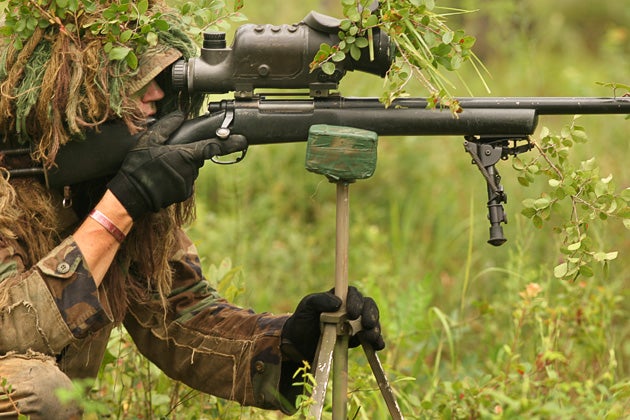
Would you carry a bench up a mountainside in pursuit of deer? Learning to shoot without a bench means greater mobility. Supports can be built into weapons — as in the case of bipods — or improvised by field-expedient means. The most available of those expedients is your own body, specifically the rigid bones padded with muscle and clothing. Why not just shoot off the ground, which is usually available as well? In this case, the extra elevation is required to fire from a particular loophole. Using the loophole itself for support would make the marksman entirely too conspicuous and subject to return fire.
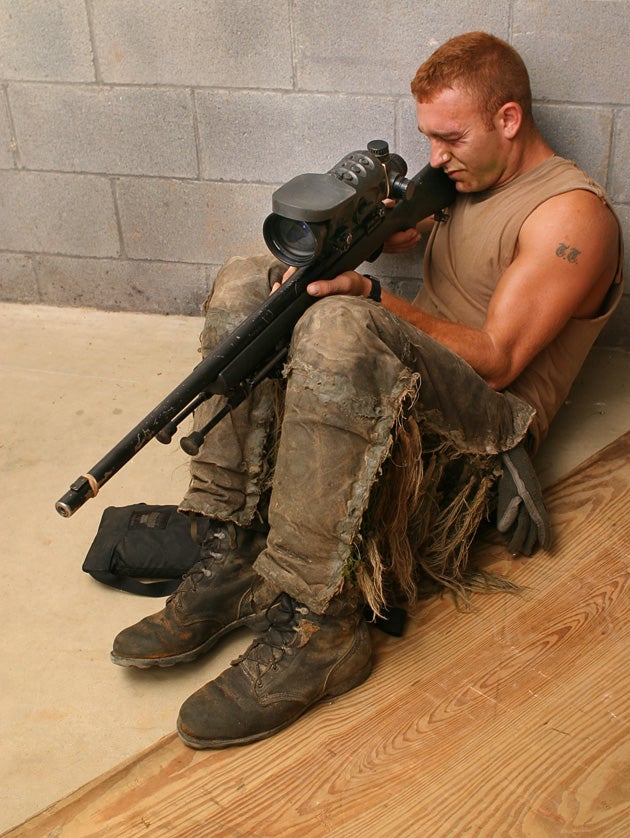
Let’s look at the basic positions. The first is prone, which is by far the easiest to use effectively. You can use the entire body and both arms to support your rifle, with the ground keeping you steady. It also keeps you least conspicuous to prey and affords some protection from return fire in case your opposition is armed.
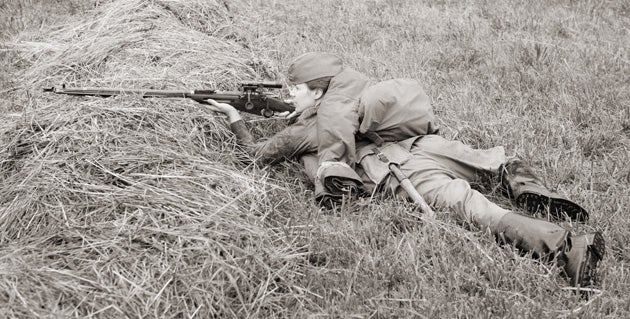
Prone is effective but not always efficient. Getting into it takes time. It drastically narrows the horizon, making observation or shooting over uneven ground or vegetation impossible. Sitting, kneeling and squatting are progressively quicker options which still yield good stability.
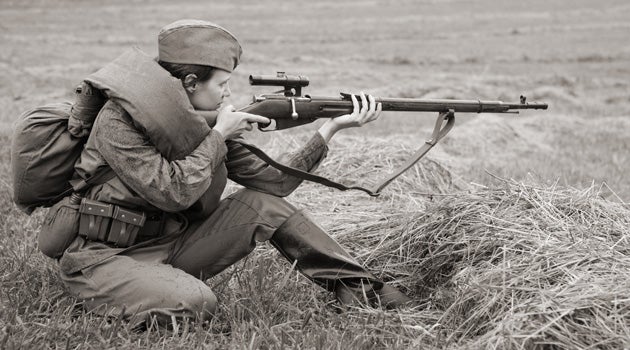
With the upper body free to rock back on recoil, this position is more comfortable than prone. With high-mounted scopes like the 1940s Russian PU on a 91/30 Mosin rifle, it also allows a greater variety of comfortable head positions.
Shooting standing is by far the least comfortable pastime. Many 1MOA bench shooters struggle to hit 8MOA consistently from standing. Part of Swiss infantry training involves holding a rifle in position for one minute before firing. Designed to improve the stance through feedback from sore muscles, that exercise also underscores the limitations of our physical conditioning. The ease of holding up a rear-balanced rifle may be one of the factors behind the recently increased popularity of bullpups. So why shoot standing? Besides being able to fire over obstacles, the most compelling use of shooting while standing — or walking and running — is the immediacy of your response to a short-range threat. Even 16MOA dispersion at twenty paces still gets you a hit, while taking the time to adopt a steadier position makes you an easy target in the meantime.
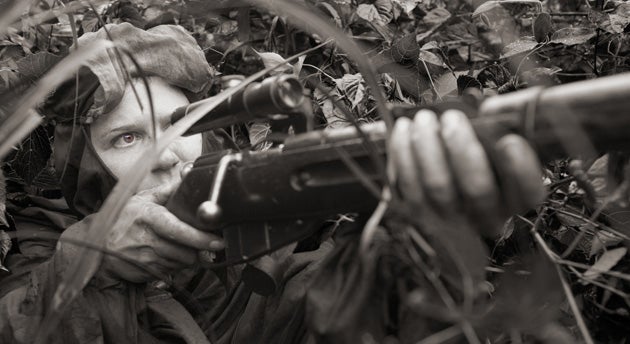
So what makes a sniper? Mechanically accurate shooting is only a minor, though necessary component. The ability to move and dwell unobserved, the skill at observation and communication, teamwork with the spotter, reading environmental influences on the bullet path, the fortitude to stay calm under pressure…the basic Appleseed courses do not teach those skills. But you could attend to learn the basic marksmanship techniques. Advanced skills can be built on top of those later.
